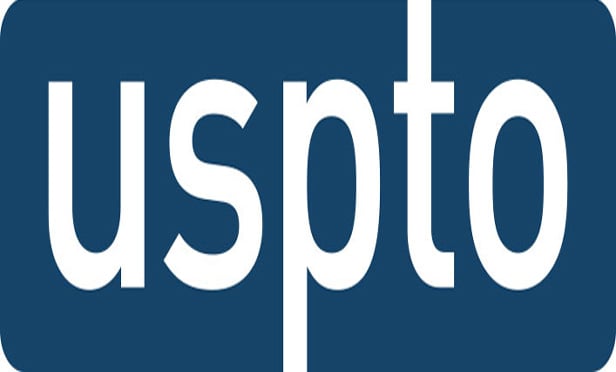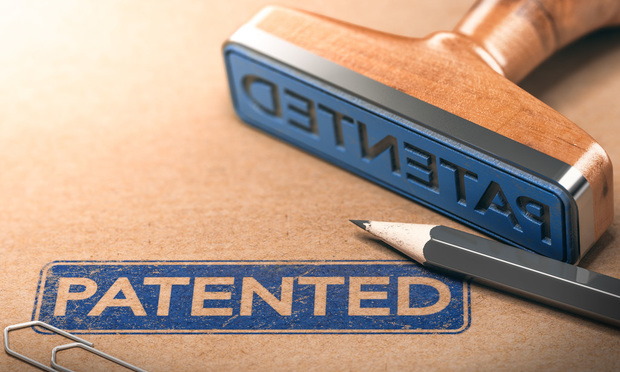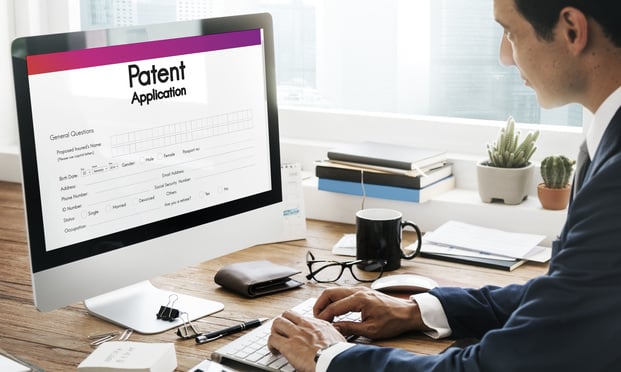Features

Trends In Patent Policy and Enforcement
The patent world is at a moment of change. A tremendous amount of thought, financial investment, and political capital is being devoted to transforming patents into assets that are central to the economy, international trade, and national defense. The incentives for obtaining and aggressively monetizing patents are increasing. In contrast, defending a patent litigation is becoming more difficult and the stakes are higher. Companies that take steps now to navigate these changes may be rewarded with significant competitive advantages.
Features

IP News
Federal Circuit Holds That Patentee’s Disavowal of Claim Construction Warrants Reversal of Summary JudgmentFederal Circuit Concludes That Two Organizations Lack Associational Standing to Challenge USPTO’s Denial of Petition for Rulemaking
Features

Insights from Acting Director Stewart’s Decisions on Discretionary Denial under the New Interim Processes for PTAB Workload Management
Just three months ago, Acting Director of the U.S. Patent and Trademark Office (USPTO) Coke Morgan Stewart rescinded existing guidelines governing the Patent Trial and Appeal Board’s (PTAB) discretion to deny petitions for inter partes review (IPR) and post-grant review (PGR) when parallel litigation is already pending in federal district court or the U.S. International Trade Commission (ITC). Acting Director Stewart replaced those guidelines with new interim processes that rely on the Director to issue decisions on patent owners’ requests for discretionary denials.
Features

Protecting Your Patent: How a Vet-Owned AI Company Safeguarded Its IP
Military-owned businesses often possess unique technological advantages derived from years of research, development, and practical application. One veteran-owned company’s journey — combined with a patent attorney’s experience preparing and filing patent applications — provides valuable insight into what veterans should do to safeguard their intellectual property.
Features

Swearing Behind: Overcoming Asserted Prior Art in PTAB Proceedings
Part One of a Two-Part ArticleThis two-part article discusses the various legal and evidentiary requirements for antedating and removing prior art that patent owners should consider when their pre-AIA patents are challenged based on a prior art publication or activity that is not otherwise subject to a statutory bar. It also addresses considerations for petitioners to consider when developing their initial and ongoing invalidity strategies. Part One leads off with a discussion of the evidentiary requirements for proving earlier invention, conception and diligence and actual reduction in practice.
Features

Post-Amgen Patent Playbook: Section 112 Under the Microscope
The Supreme Court’s unanimous 2023 decision in Amgen v. Sanofi reshaped enablement analysis for broad genus patent claims. In the wake of Amgen, broad functional claims have been scrutinized rigorously for sufficient disclosure. This article summarizes key post-Amgen decisions, which illustrate how patent drafters and litigators must navigate the fine line between claim breadth and disclosure depth in the post-Amgen era.
Features

Writing Strong Antibody Claims: Avoiding or Addressing USPTO Rejections for Written Description and Enablement
Many patent applicants currently face difficulty in obtaining antibody claims because of written description and enablement rejections under 35 U.S.C. §112(a). The USPTO routinely rejects claims as too broad, arguing that such claims cover more antibodies than the specification discloses, or that undue experimentation would be needed to determine whether an antibody reads on the claims. These heightened disclosure requirements increase laboratory costs to generate sufficient data for a §112(a)-proof specification.
Features

New Bifurcated PTAB Pretrial Procedure: Procedural Deep Dive and Possible Implications
In the latest action part of a recent whirlwind of PTAB policy and procedural change around the use of so-called “discretionary denial” to refuse to a challenge to the validity of a granted patent, the Acting Director of the USPTO has issued a memorandum creating a new “bifurcated” pretrial procedure to be used for deciding whether or not to proceed with a trial in response to a petition for inter partes review or post grant review of a granted patent.
Features

Eliminating Judicial Exceptions: The Promise of the Patent Eligibility Restoration Act
The Patent Eligibility Restoration Act (PERA) proposes a solution to a complex debate: What can be patented, and when do nature and thoughts become property? This article provides an overview of the PERA bill, examines the current issues with Section 101 of the Patent Act, the specific proposals of PERA, and the existing pros and cons of the bill.
Features

The 2025 Patent Landscape Begins With Many Pieces of Proposed Legislation
The U.S. patent legal landscape in 2025 is poised for change. The incoming presidential administration is coupled with interim changes in leadership at the USPTO after Kathi Vidal’s departure, and several newly vacant, fillable commissioner seat openings at the ITC. Amid that backdrop, many pieces of proposed patent legislation are pending in Congress which could further — or possibly stifle — modern trends in American patent law, and could alter our innovation landscape for years to come. This article surveys that pending patent legislation.
Need Help?
- Prefer an IP authenticated environment? Request a transition or call 800-756-8993.
- Need other assistance? email Customer Service or call 1-877-256-2472.
MOST POPULAR STORIES
- The DOJ's Corporate Enforcement Policy: One Year LaterThe DOJ's Criminal Division issued three declinations since the issuance of the revised CEP a year ago. Review of these cases gives insight into DOJ's implementation of the new policy in practice.Read More ›
- The DOJ's New Parameters for Evaluating Corporate Compliance ProgramsThe parameters set forth in the DOJ's memorandum have implications not only for the government's evaluation of compliance programs in the context of criminal charging decisions, but also for how defense counsel structure their conference-room advocacy seeking declinations or lesser sanctions in both criminal and civil investigations.Read More ›
- Navigating the Attorney-Client Privilege and Work Product Doctrine in BankruptcyWhen a company declares bankruptcy, avoidance actions under Chapter 5 of the Bankruptcy Code can assist in securing extra cash for the debtor's dwindling estate. When a debtor-in-possession does not pursue these claims, creditors' committees often seek the bankruptcy court's authorization to pursue them on behalf of the estate. Once granted such authorization through a “standing order,” a creditors' committee is said to “stand in the debtor's shoes” because it has permission to litigate certain claims belonging to the debtor that arose before bankruptcy. However, for parties whose cases advance to discovery, such a standing order may cause issues by leaving undecided the allocation of attorney-client privilege and work product protection between the debtor and committee.Read More ›
- The Problem With Sup. Ct. Majority Opinion In Andy Warhol FoundationCommentary The high court's decision's future application is anything but clear and clarification of the parameters of a "transformative" fair use is left open for another day.Read More ›
- A Lawyer's System for Active ReadingActive reading comprises many daily tasks lawyers engage in, including highlighting, annotating, note taking, comparing and searching texts. It demands more than flipping or turning pages.Read More ›
